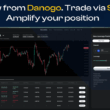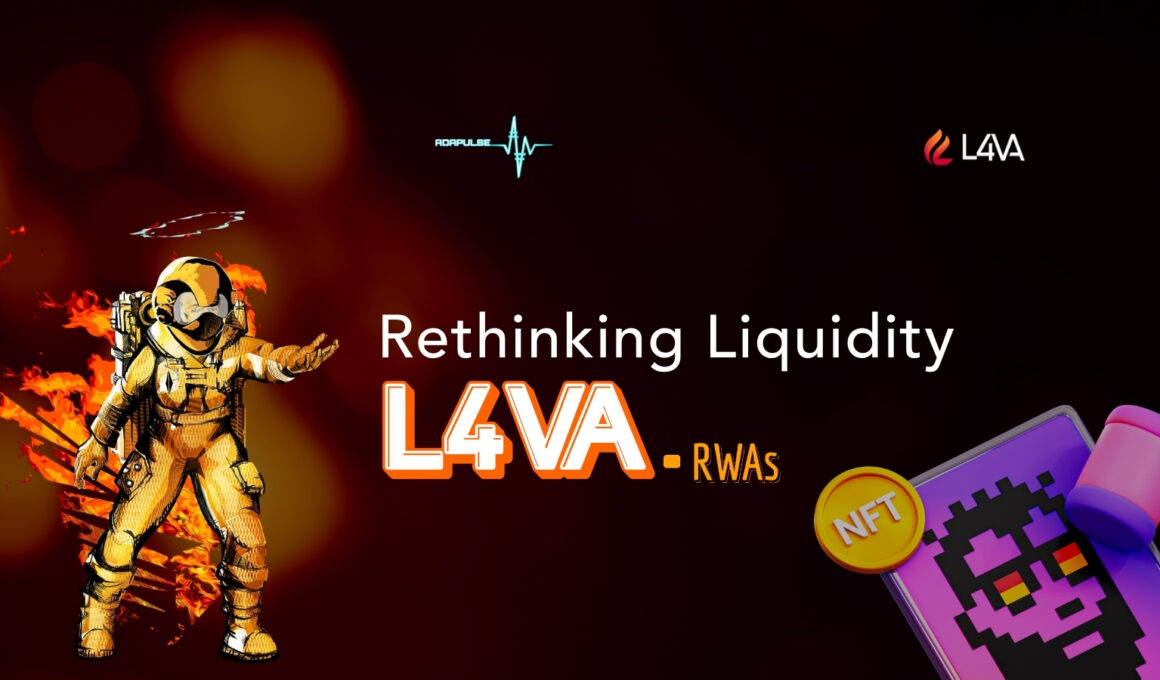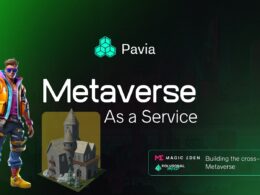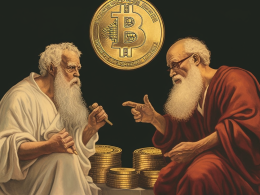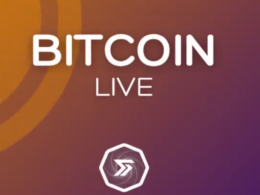Web3 says you can own anything and that’s true but owning is not the same as using. That’s the part L4VA wants to fix, where you can hold an NFT worth thousands, mint a token tied to real world value or tokenize access, rights, royalties even physical goods. There’s a problem, most of these assets stay locked up. You can’t easily trade them. You can’t borrow against them and you can’t unlock their value without running into friction.
L4VA steps in to change that. It’s building a liquidity protocol designed to bring movement, ownership and value together especially for assets that usually sit idle. Through vaults, fractionalization and onchain governance, it turns dormant assets into dynamic economies. Now, instead of waiting on someone else to build the infrastructure you need, L4VA lets you do it yourself and extract value from what you already own.
DeFi made it easy to move fungible tokens. You can swap, stake, lend and farm. Once you step outside of liquid tokens, things break. NFTs sit idle. Rare assets have no market. Real world value remains locked. And creators, builders and investors are left with digital property that has no practical motion. We’ve been told that ownership is the big unlock in Web3.
What happens when ownership leads to silence. When the things you own just sit there unusable, unpriced and illiquid. This is not an NFT problem. It affects everything from digital art to real estate to tokens that don’t have active pairs. The more we expand the asset types in Web3, the clearer this issue becomes.
Making Unique Assets Tradable and Useful Again
We’re still missing an important piece, an infrastructure that lets unique assets actually move. L4VA is building a new kind of protocol, one that brings liquidity to assets that are typically stuck. With L4VA, you can lock these into vaults, fractionalize them and open the door to shared ownership. And here’s the best part, you don’t need any technical skills to get started.
This is how it works. Create a vault, deposit your asset and convert it into tradable tokens. From there, the community can step in. Contribute, invest and help govern the asset. Just like that, your vault becomes a living, breathing micro economy. It reflects real demand, real ownership and real decisions made by real people.
This changes everything for creators, collectors and investors. No more assets sitting idle. No more one time mints that lead nowhere. Instead of waiting for someone else to build the liquidity you need, L4VA lets you do it yourself. And in doing so, you unlock the value that’s been hidden underneath all along.
A Quick Look at How L4VA Operates
Set Up the Vault: You begin by creating a vault. You decide what type of NFT it will hold and choose whether the vault is public, private or semi private. Then you define the core parameters like valuation, number of fractional tokens, governance rules and who’s allowed to contribute.
Contribute the Assets: Once the vault goes live, asset contribution begins. Depending on the access rules you set, either you or other participants can deposit NFTs or other valuable assets into the vault. This is where the pooling starts.
Open for Investment: Next, contributors can invest ADA into the vault. In return they receive fractional tokens (FTs) that represent partial ownership of the assets inside. Now ownership is shared and its liquid.
Lock the Vault and Enable Governance: After the vault reaches its target, it locks. At this point the FTs become active and tradable. More importantly, holders can now start governing. They can vote on decisions like unlocking the vault, selling the assets or redistributing value.
Exit or Evolve: Eventually, the vault can be closed. Holders may vote to extract value, redistribute assets or update the rules. Everything happens transparently onchain, with full visibility. Anyone can observe, contribute and take part in the process.
The Power of Fractionalization
Fractionalization might sound technical but the core idea is simple. Take a large high value asset and split it into more accessible pieces. That’s exactly what L4VA enables for illiquid assets.
If you hold a rare NFT or a valuable physical collectible, selling it can be difficult. You usually need to find a single buyer willing to pay the full price. But once you fractionalize that asset, the story changes. Now, you convert it into hundreds or even thousands of smaller tokens. Each one becomes tradable. Suddenly more people can participate and your once illiquid asset becomes liquid.
This actually matters because fractionalization also distributes ownership. Risk, value and even decision making are no longer concentrated in one person’s hands. Instead, the group holds the power and together they decide what happens next.
$L4VA and $VLRM
$L4VA is the protocol’s main governance token where holders can vote on system upgrades or protocol decisions. Earn protocol rewards (from vault participation) and use it to pay protocol fees. A portion of all vault fees goes toward DAO funding, token burns and long term sustainability.
$VLRM is the reward and access token, mostly earned by staking the project’s NFT collection referred to Relics of Magma. You’ll need $VLRM to create a vault, mint new Relics NFTs and was used to access the $L4VA pre sale. Together, these two tokens form the economic backbone of L4VA. One powers decision making. The other drives participation and access.
NFTs With Real Utility: Relics of Magma
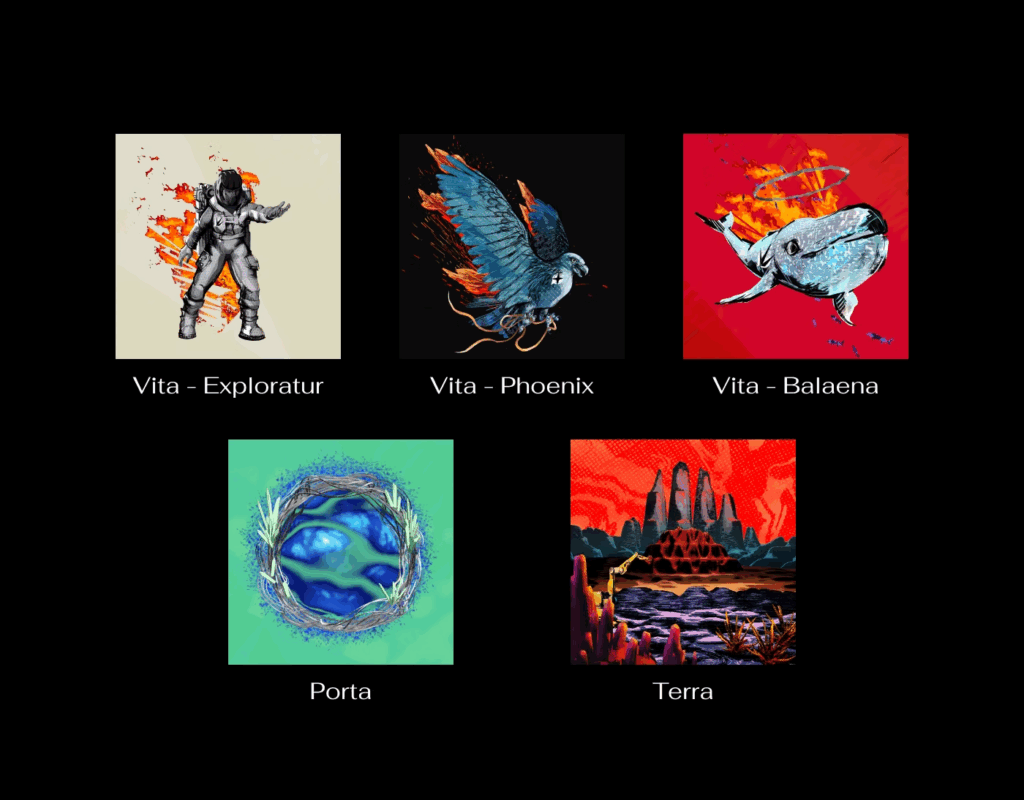
The collection is called Relics of Magma which plays a direct role in the protocol. Each Relic is hand drawn and belongs to one of three tiers:
- Vita: Rarest (1,000) with highest staking yield
- Porta: Mid tier (2,000)
- Terra: Most common (7,000)
Holders can stake these NFTs to earn $VLRM. And rarity matters because higher tier Relics earn more. This gives NFTs real utility. They’re not collectibles or yield tools. They open doors to governance, vault creation and early access to tokens.
What the Community Thinks So Far
L4VA is still early in its journey yet it continues to gain attention across the Cardano ecosystem. People already recognize that it offers something different. Instead of launching another DeFi clone or forgettable NFT drop, the project delivers tools that creators can actually use. It also adds structure to a space where too many projects still rely on noise and hype.
Right now people are staking Relics NFTs to earn $VLRM. They’re setting up for vault creation. Some have started testing fractionalization with digital art and collectibles. Others are thinking bigger by exploring how to tokenize real world items and bring them onchain. That mindset is growing and it shows no signs of slowing down.



